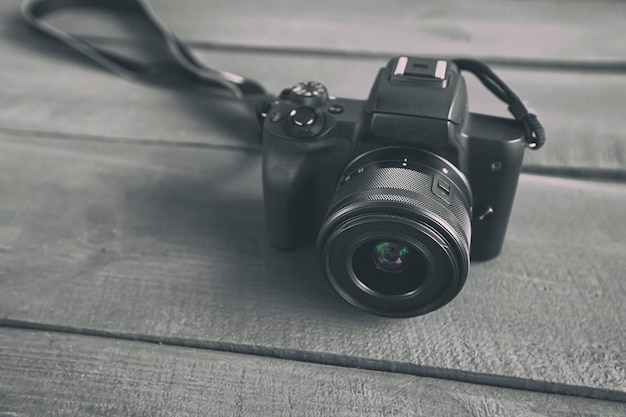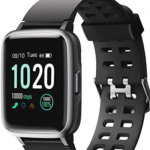Mirrorless camera origin
After 20 years of dominance by digital SLR cameras, the landscape of digital photography changed forever when Panasonic Lumix created the first mirrorless camera in 2008.
Currently, mirrorless systems have advanced to where they are favored by photographers of all grades because of their lightweight design, versatile hybrid stills and variable aperture, and wide range of compact lenses.
Park Cameras’ passion for photographs has allowed us to become an award-winning exclusive Pro Dealer for all mirrorless camera brands, offering our consumers an unmatched range at competitive prices.
The new Micro Four Thirds system, information from the original Four Thirds System adopted by professional DSLR cameras, offers a partial solution to the previously stated quandary; the micro 4:Olympus and Panasonic designed 3, and it’s one requirement produced specifically for Mirrorless Cameras.
This new norm helps cameras to reduce the size of their lenses without sacrificing functionality. Nowadays demands of 4 Best Mirrorless Cameras Under $1000 are increasing because of its best result.

Another function of this new panorama mode that needs to be discussed is the viewfinder. Although traditional DSLRs use an image sensor that includes a prism and a mirror, the mirrorless camera is not any of these elements. An Electronic Viewfinder has taken shape (the Panasonic Lumix DMC-G1 and its successor, the DMC-G2, includes it). It’s a replication of the original Viewfinder’s features in that the viewer sees the picture from the eyes of the sensor rather than the lenses, similar to whether the LCD monitor on all points and shoot cameras works.
Also Read : How to connect bluetooth headphones to xbox one
Configurations
When it gets to the XiaoMi Yi M1, we must first learn about its configurations. The Sony IMX269 sensor, detachable M4/3 bayonet, 20.16 million pixels, and a 3-inch touch screen with 4.1 million pixels were included in this novelty. Except for the most recent software upgrade, the focus point’s added value is 81, which improves focus precision and agility.
Operations
The Yi M1 is advertised as a unique mirrorless camera optimized for smartphone users. If you often use your device to call photos, you can find the M1 to be very user-friendly. That’s where the 3-inch touch screen comes in handy. You may use this monitor to adjust the focus, select the aperture, shutter speed, and perform specific tasks. The common aperture, shutter speed, and other mechanical adjustments are not available on the Yi M1’s body. We design both features into the touchscreen. It is possible to achieve the most effective parameter change by putting the turntable on top of the device. For users of traditional mirrorless cameras or old-style SLR cameras, starting up can take some time.
Lenses of mirrorless camera
And there are only two Yi M1 lenses presently offered, the use of the M4/3 bayonet has increased the number of alternative lens classes. Both Panasonic and Olympus M4/3 lenses are used with the M1. The 12-40mm F3.5-5.6 lens, which is equal to 24-80mm wide angles and is ideal for most everyday scenes, will be appropriate for snapping photographs for regular use. The 42.5mm F1.8 lens is best suited to portraits. The larger aperture and 85mm equivalent would be ideal for taking photos with Bokeh, which will enhance images.




